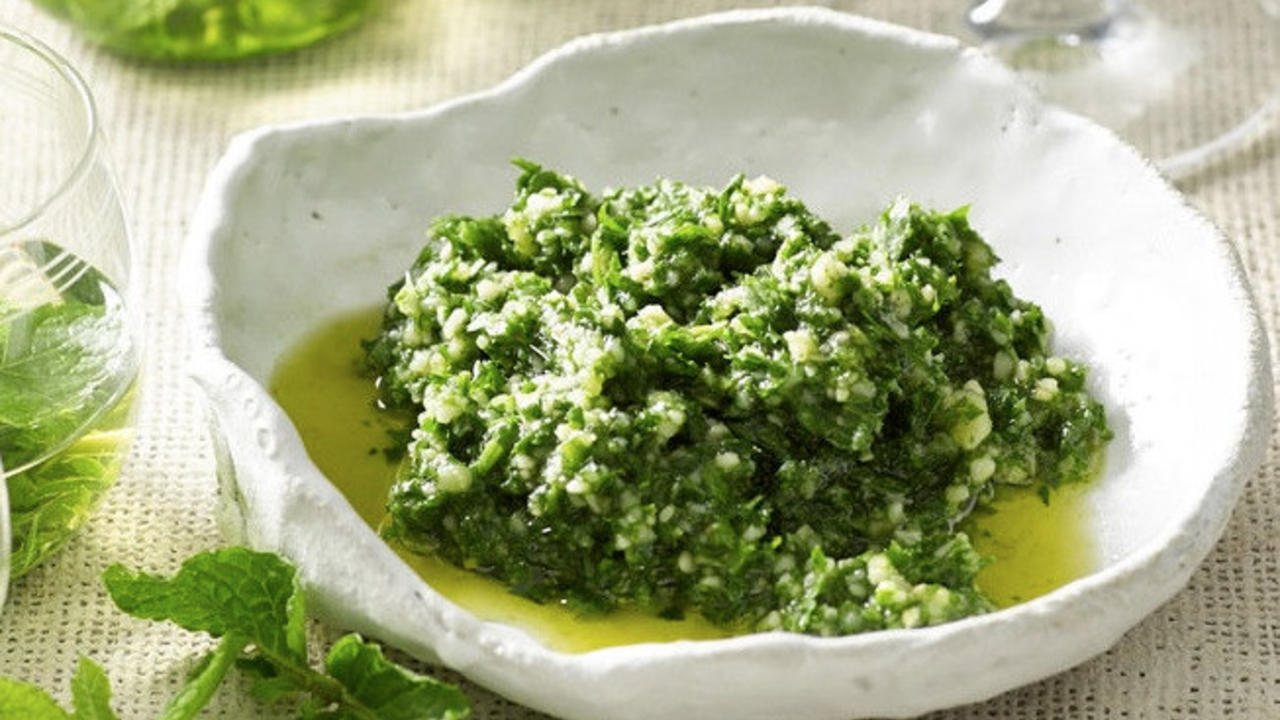Food Waste: how to avoid it in your kitchen

Are you throwing away 20% of the food you buy? Unfortunately, according to Food Wise food waste is a real problem. Australians are tossing 1 out of every 5 bags of groceries purchased. That’s a staggering 4 million tonnes, worth $8 billion dollars of edible food going in the bin each year.
Thankfully, food waste can be a thing of the past. Waste-free cooking is pretty simple, once you know the ropes. We just have to rekindle some of Grandma’s know-how.
Why bother with waste-free cooking?
Firstly, there’s the financial benefit: $1,036 per year for the average household (enough to feed a family for a month)! This Sustainability Victoria report found food waste in 2014 to be even higher, at $2,200 per household.
Secondly, the environmental impacts are quite significant. When food waste ends up in landfill, it produces methane gas. This greenhouse emission is a staggering 25 times more potent than the carbon pollution from your car’s exhaust. Not only that, but by wasting food, you’ve effectively squandered all the resources that went into producing it (and getting it from the field to your kitchen). We’re talking about water, feed, fuel, land and labour.
But as a Nutritionist, the main thing I wish people knew is just how many valuable nutrients they’re tossing away! Very often, the parts that we consider to be ‘waste’ are the most nutritious. It seems that because we have everything at our fingertips, we’ve lost the need to creatively utilise every part – but it’s easy to re-learn.
For starters, make sure you save the greens connected to your carrots, radishes and beetroot! Why buy expensive greens when you can get them for free as part of your root veg?
Save your carrot greens from the scrapheap to create this gorgeous carrot top pesto dish. The World Carrot Museum (yes, there is one and it’s a virtual museum in case you were wondering!) advises that the greens contain a whopping 6 times the Vitamin C content of the root as well as a wealth of potassium, calcium, Vitamin K and chlorophyll.
Can you learn to curb your food waste?
Waste-free cooking is so much more than just carrot tops (though that’s a great way to get started). It’s about changing your mindset and planning ahead, before you even enter the kitchen. It entails both nose-to-tail and root-to-tip eating as well as learning new ways to shop; prepare certain foods; and re-purpose scraps and leftovers.
I teach all these techniques and (lots) more in my What To Eat program. Participants also graduate knowing how to store, prepare and cook foods to maximise their nutritional value. (Often overlooked. It’s not just about what you buy!)
Ingredients
- 1 cup carrot tops
- 1 cup fresh basil
- ½ cup Olive oil
- 1/3 cup macadamia nuts
- ½ tsp salt
- 2 medium cloves garlic, crushed
- 90g parmesan cheese, grated
- 3-4 tbl lemon juice
- 1 tsp maple syrup
Instructions
- Pulse carrot tops in food processor until finely chopped
- Add all other ingredients and pulse several times until preferred consistency is reached
- Store in an airtight container in the fridge for 5-7 days, or freezer for 3 months
Notes
I opt for Macadamias as they're 2 ½ times cheaper than pine nuts and the least likely of all nuts to be rancid due to their low content of unstable polyunsaturated oils.
So, waste-not, want-not. Will yours become a waste-free kitchen this Summer? Perhaps it already is – in which case, do share your story below!


